CTEC Conventional Photoelectric Smoke Detector
KSh 3,200.00
CTEC Conventional Photoelectric Smoke Detector is a reliable and affordable fire detection device designed to detect smoke particles in the air. It uses photoelectric technology, which involves a light source and a sensor that detects changes in light intensity caused by smoke particles
CTEC Conventional Photoelectric Smoke Detector
C-TEC Conventional Photoelectric Smoke Detector provides reliable smoke detection for conventional fire alarm systems. Its photoelectric sensing technology ensures effective detection of smoldering fires, making it ideal for various building types. Proper installation, maintenance, and regular testing will ensure optimal performance and safety compliance.
C-TEC Smoke Detector is a smoke detection device designed to work with conventional fire alarm systems. Photoelectric smoke detectors are highly effective in detecting slow-smoldering fires, which produce large amounts of visible smoke.
C-TEC Conventional Smoke Detector features;
- Photoelectric Smoke Sensing Technology
- Utilizes a photoelectric sensing chamber that detects smoke particles in the air. It works by using an optical sensor to detect light scattered by smoke particles.
- Particularly effective at detecting smoldering fires (e.g., fires from burning upholstery, electrical equipment) rather than fast-flaming fires.
- Compatibility
- Designed to be used with conventional fire alarm control panels like the C-Tec CFP series or other compatible conventional panels.
- Two-wire and four-wire models are available, depending on the fire alarm system configuration.
- LED Indicator
- Equipped with a red LED indicator that provides visual confirmation when the detector is in an alarm state.
- The LED typically flashes intermittently during normal operation (standby mode) and illuminates steadily when smoke is detected.
- Low Profile Design
- Features a low-profile, sleek design that is easy to install and blends well with modern interiors.
- Comes with a universal base for ease of mounting on walls or ceilings.
- Easy Installation and Maintenance
- Base-mounted design allows the detector to be quickly installed or removed for maintenance.
- The detector head can be removed without disconnecting the base, making maintenance and testing straightforward.
- Alarm Signal and Circuit Monitoring
- Provides an alarm signal to the fire alarm control panel when smoke is detected.
- Monitored for open and short circuits to ensure proper operation and alert in case of faults.
- End-of-Line (EOL) Resistor Compatibility
- Designed to work with panels that use End-of-Line (EOL) resistors to monitor the integrity of the detection circuit. Ensure that the correct value EOL resistor (typically 6.8k ohm) is used in the circuit.
- Built-in Drift Compensation
- Some models feature drift compensation, which adjusts the sensitivity of the detector over time to compensate for the buildup of dust and other contaminants, reducing false alarms.
Installation and Wiring
- Mounting: The detector is typically ceiling-mounted, with a height clearance from the wall to avoid air turbulence that could affect performance.
- Wiring:
- For a two-wire system, the detector is connected in series on a zone loop with other detectors and call points.
- For a four-wire system, two wires are used for power supply and two for the signal.
- Ensure that the correct EOL resistor is installed at the last detector on the loop to monitor the circuit’s health.
Operation
- Standby Mode: The detector’s LED will blink periodically to show it is in normal operating mode.
- Alarm Condition: When smoke is detected, the LED will light continuously, and the detector will send an alarm signal to the connected control panel, triggering alarms throughout the system.
- Test and Maintenance: Regular testing is required to ensure that the detector is functioning properly. This can be done using a smoke detector tester or manually checking the LED status.
Applications
- Suitable for a variety of applications, including:
- Offices and commercial buildings
- Residential buildings
- Hotels and hospitality settings
- Schools and educational institutions
- Retail spaces
Be the first to review “CTEC Conventional Photoelectric Smoke Detector” Cancel reply
Related products
Security
Automatic gates
intruder alarm
Automatic gates
Automatic gates
intruder alarm


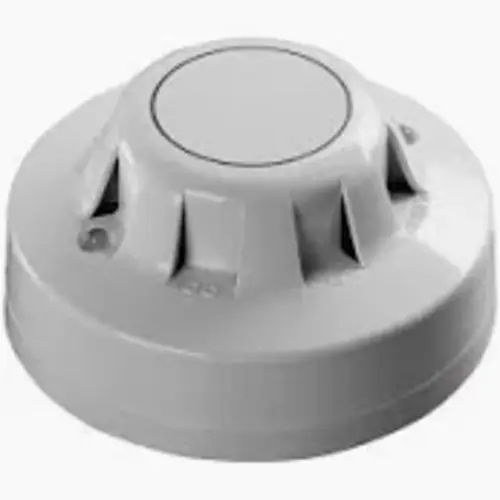
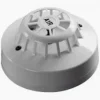
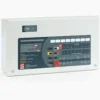
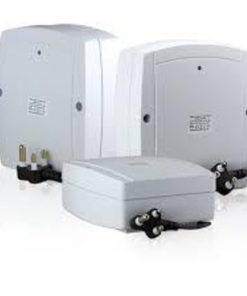
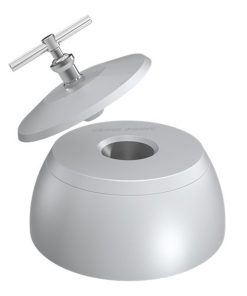
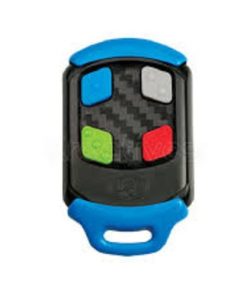
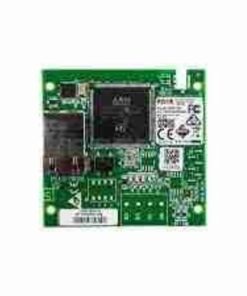

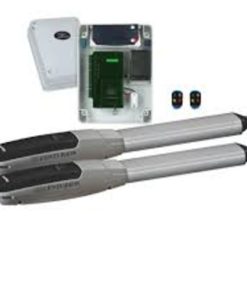

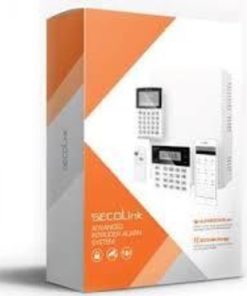
Reviews
There are no reviews yet.